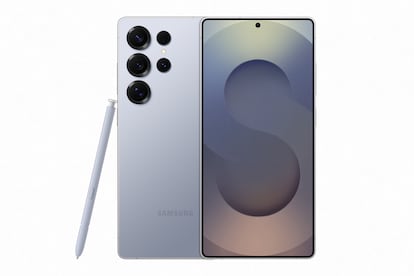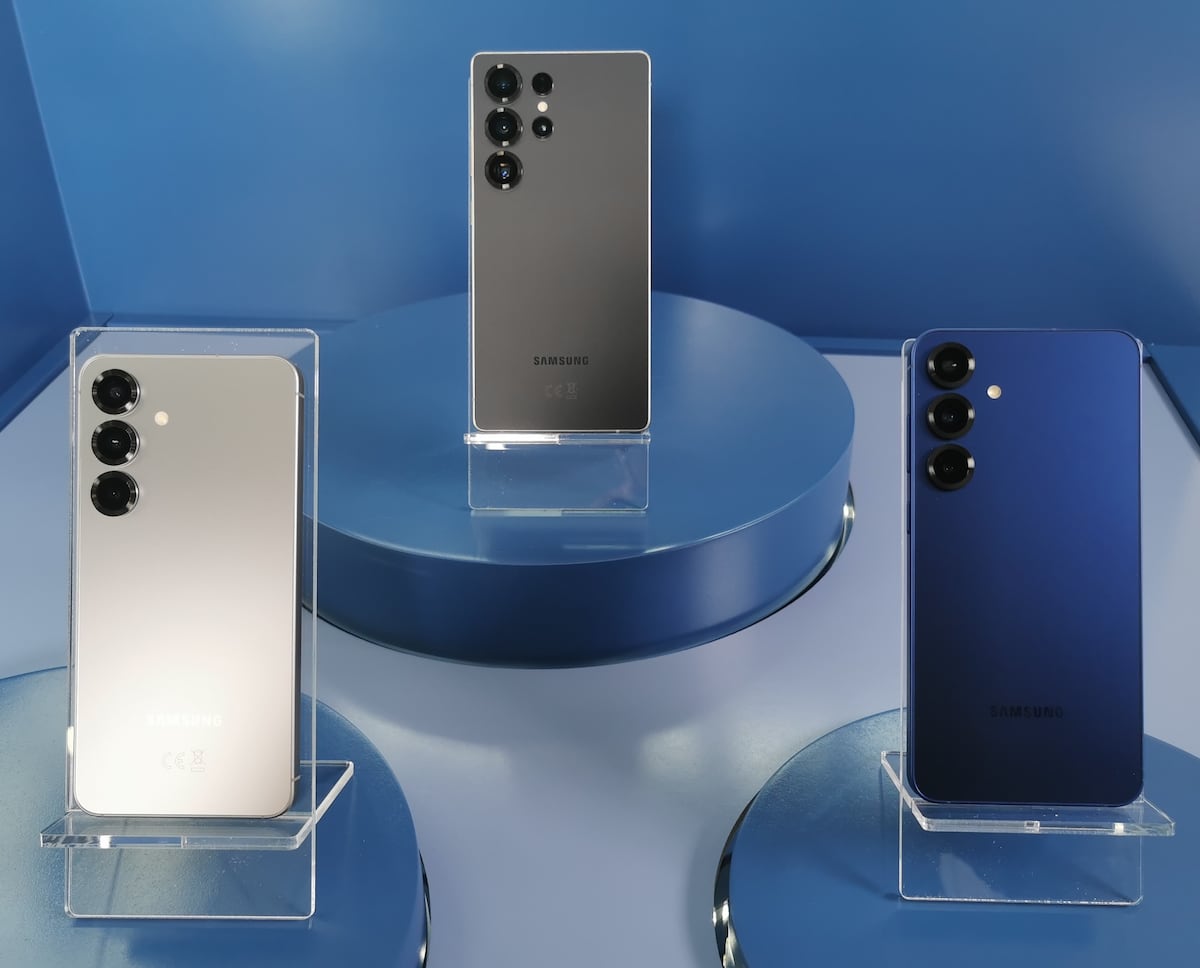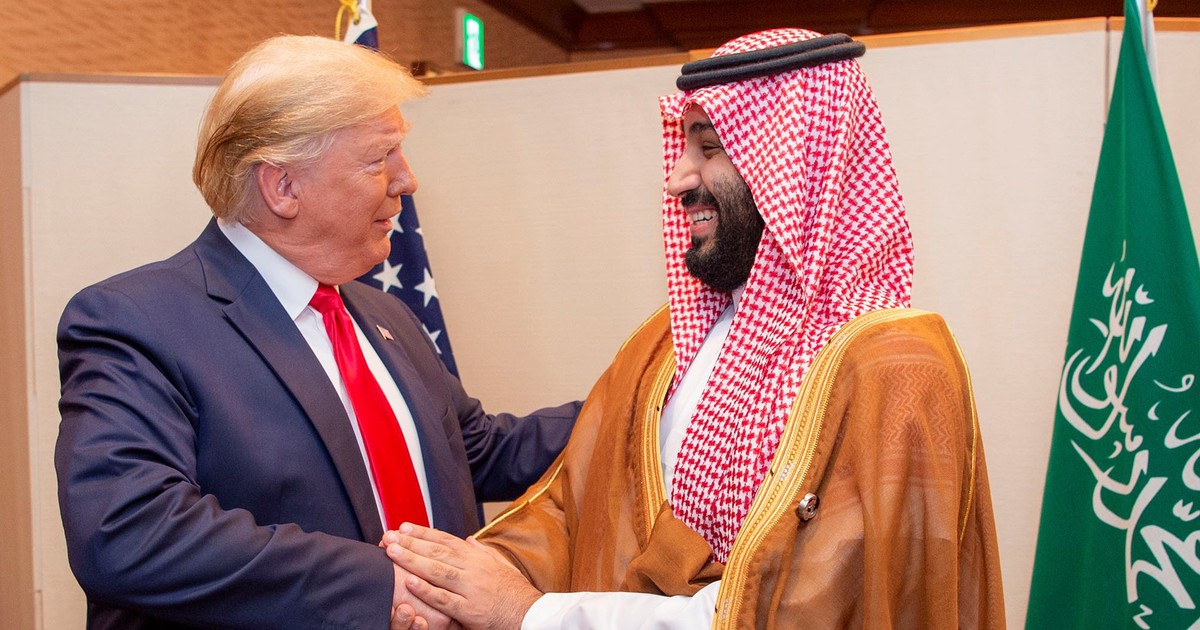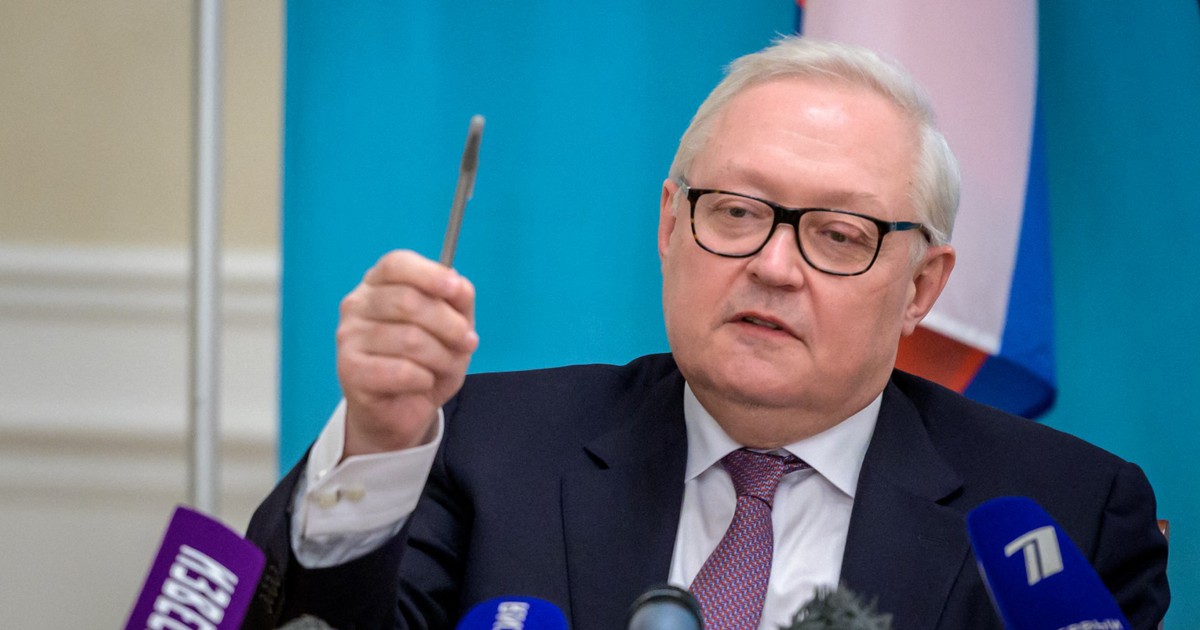With the new Galaxy S25, Samsung explores new possibilities of artificial intelligence in mobile devices. From San Jose, California, the South Korean company has presented its new high-end series, which constitutes its most prestigious mobile product. In this case, the most striking developments focus on the softwarewith the promise of natural language communication with the smartphoneas well as the ease for different apps talk to each other to chain actions.
As usual, the new Galaxy S25 arrives in three versions: the basic model, the S25+ and S25 Ultra, with 6.2, 6.7 and 6.9 inch screens respectively. The panels are 2x AMOLED, with a refresh rate of 120 Hz. In terms of design, the most notable aesthetic change compared to the previous generation is seen in the rounded corners, as well as a greater protuberance of the floating camera sensors.
All devices have 12 GB of RAM and a Qualcomm Snapdragon 8 Elite for Galaxy processor, developed through a collaboration between the chip manufacturer and Samsung itself. The purpose? Adapt the hardware from its design, optimizing it for certain functionalities offered by the device, such as AI and image processing.
According to Samsung, the Galaxy S25’s AI is aimed at driving a more personalized experience. The technology, which was introduced in the Galaxy S24, has already expanded to the brand’s foldables, even to the mid-range of the Galaxy A series, to tablets, computers and wearables. The company claims that about 10 million users use the new AI features on a regular basis.
In the previous generation of the device, the stated goal of AI was to facilitate tasks, from summarizing text, to editing photos, to generating a message for an email. With the Galaxy S25, Samsung wants the technology to be used to control the device. Artificial intelligence is prepared to adapt to users, learning from their behavior and preferences.
The system incorporates so-called AI agents, a concept that emerged last year and is intended to automate tasks. Thus, the Galaxy S25 will allow its applications – both those from Samsung and those from third parties, including those from Google and others, such as WhatsApp – to talk to each other to carry out a series of actions.
Samsung has shown how through a simple voice instruction — “find me a Korean restaurant and send it to” a contact in the phonebook —, the AI communicates the search application with the app preferred messenger to send the information. In between, he had to look for the sharing function to carry out the task. There are several steps, but everything happens automatically for the user.
The terminal’s two personal assistants, Bixby (from Samsung) and Gemini (from Google, with whom the South Korean company has a close alliance in the field of software and now also in that of AI) communicate with each other. In this exchange they decide who is best suited to organize the tasks entrusted by the user. And once he has requested something, the device summarizes which applications will intervene in the process and which assistant is in charge of completing it. All of this sharing occurs on One UI 7, Samsung’s OS version based on Android 15.
In addition, the new Galaxy S25 incorporate functionalities specifically designed to take advantage of AI capabilities. The devices can be asked for a preview of the day, which includes the weather, the appointments you have ahead of you on the calendar, a selection of photos you have previously taken and the most important news of the day, according to your interests. It is also possible to take a photograph and ask him about it. Something that was already allowed in a limited way previously, especially to identify a monument or an object. Now queries can be more complex. With a photo of the refrigerator you can ask what meals you can prepare and then ask for the recipes.
Of course, this artificial intelligence works with personal data. In relation to this aspect, Samsung has highlighted the presence of a personal data enginea system to manage user information in a way that protects their privacy.
AI-powered photography and video
The camera of the Galaxy S25 Ultra, the terminal with the most features, incorporates a new 50-megapixel ultra-wide-angle sensor, compared to the 12 megapixels of its younger brothers, which have the same lens as the previous generation. The new wide angle is an improvement for shooting in macro mode and in low light conditions. The main lens is still 200 megapixels, to which two telephoto lenses of 10 and 50 megapixels are added. As a novelty, the devices can record video in LOG, a format that captures a large amount of audiovisual information (a kind of equivalent to RAW in photography).
Artificial intelligence expands its capabilities in this area. In photographs, AI erases objects and people and then fills in the empty space in a more sophisticated way. It is the device itself that suggests to the user which aspects of the image are worth eliminating. These actions are carried out locally, without the need to resort to the cloud.

The Galaxy S25 also has functionality to prevent people from having their eyes closed in a photo. A burst is activated and the AI combines the snapshots in order to achieve several versions where all the people appear with their eyes open.
In video, one of the most notable benefits is noise reduction. The AI distinguishes it among the sounds of greatest interest and allows the user to reduce it and raise the volume of the rest of the audio. For example, in a recording of a street musician it will be possible to reduce the sound of passing cars and people’s chatter, while at the same time increasing the decibels of the melody being played.
In addition, the Samsung Galaxy S25 has hardware prepared to increase heat dissipation, in order to undertake the processing of increasingly demanding artificial intelligence algorithms without hindrance. Regarding materials, the South Korean firm continues its sustainability program. He highlighted that all the exterior components incorporate recycled parts. The recovery effort in cobalt is striking. 50% of this compound, present in the batteries of the new devices, is obtained from old Galaxy terminals. By the way, the Galaxy S25 Ultra has the largest size (5000 mAh), narrowly exceeding that of the S25+ (4900 mAh) and the S25 (4000 mAh).
The devices go on sale on February 7, although they can be reserved now.








